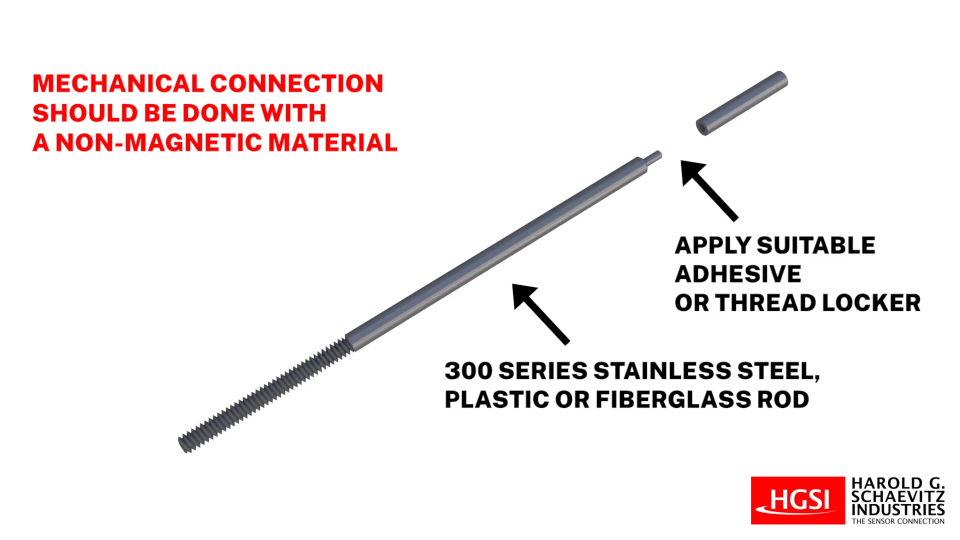If you suspect your thermocouple is providing incorrect temperature measurements, there are several steps you can take to diagnose and resolve the issue.
1. Verify the Measurement Setup
Before assuming the thermocouple is faulty, check the following:
- Ensure proper connection to the instrumentation (loose or corroded connections can affect readings).
- Confirm that the correct thermocouple type (e.g., Type K, J, T, etc.) is selected in the measuring device.
- Inspect the wiring for damage, wear, or reversed polarity.
2. Compare Readings Against a Known Reference
- Use a secondary temperature sensor (such as a calibrated RTD or another thermocouple) to cross-check readings.
- If possible, place the thermocouple in a controlled temperature source (e.g., an ice bath at 0°C or a dry block calibrator) to verify accuracy.
3. Consider Calibration of the Measurement System
- Thermocouples themselves are not typically adjusted during calibration. Instead, the electronics that interpret their signal (such as digital displays or data acquisition systems) are calibrated to ensure accurate readings.
- Calibration involves verifying that the system correctly interprets the thermocouple’s voltage output at known temperature points.
- If discrepancies are found, adjustments can often be made to the electronics to correct for any measurement errors.
4. Replace the Thermocouple if Necessary
If the thermocouple consistently provides inaccurate readings and calibration adjustments to the electronics do not resolve the issue, the thermocouple itself may have degraded or drifted beyond acceptable limits. In this case, replacing it is often the best solution.
Would you like assistance in troubleshooting or selecting a replacement thermocouple? Contact us today!


